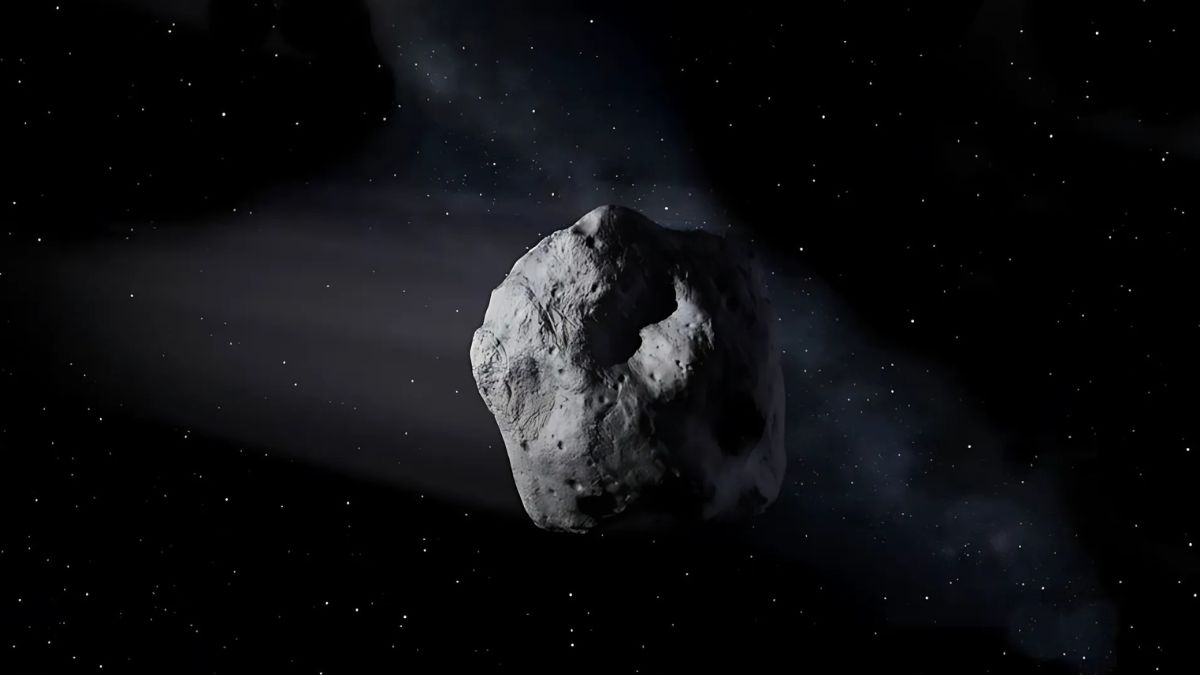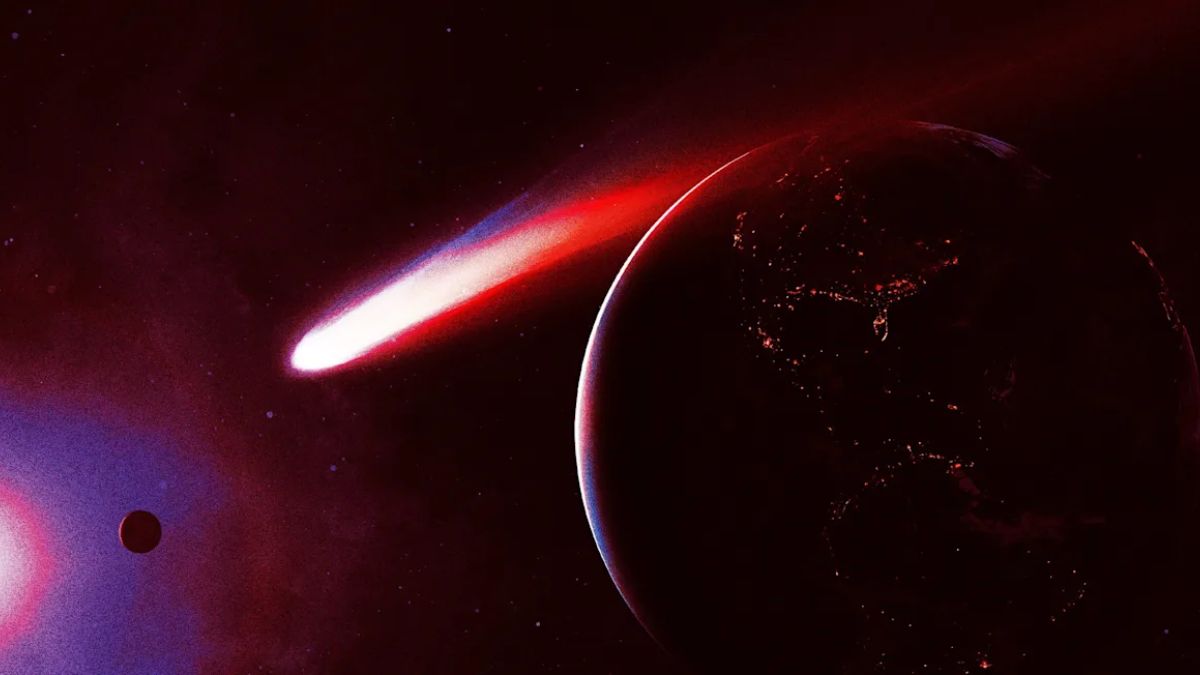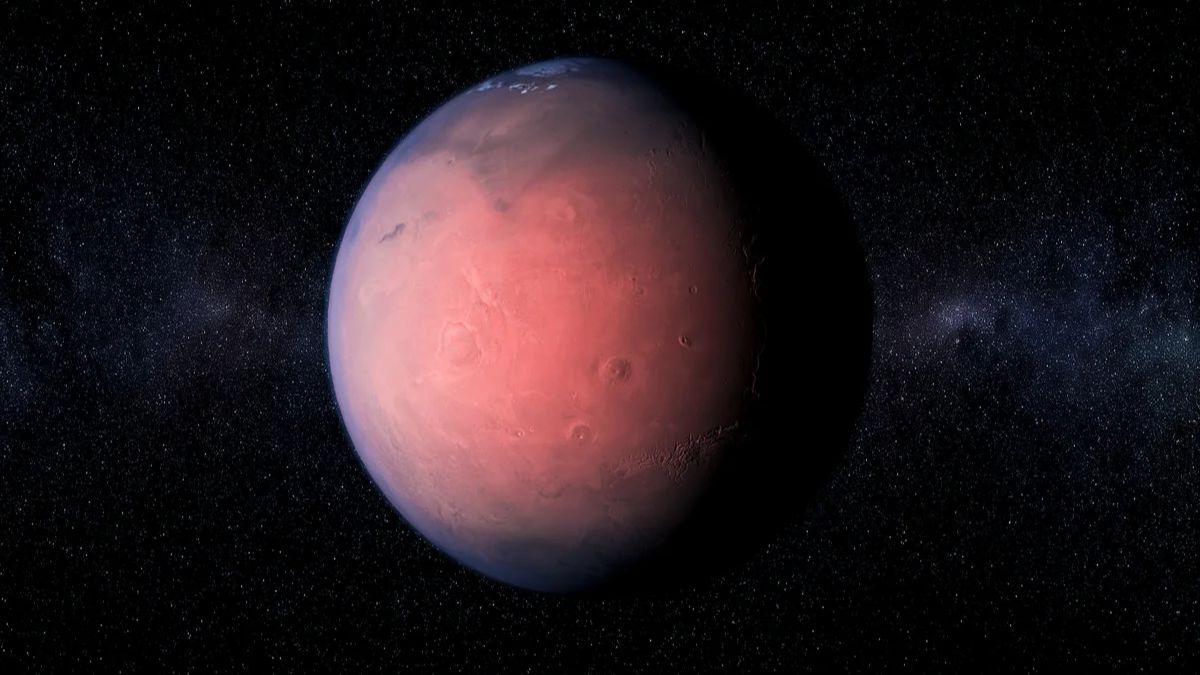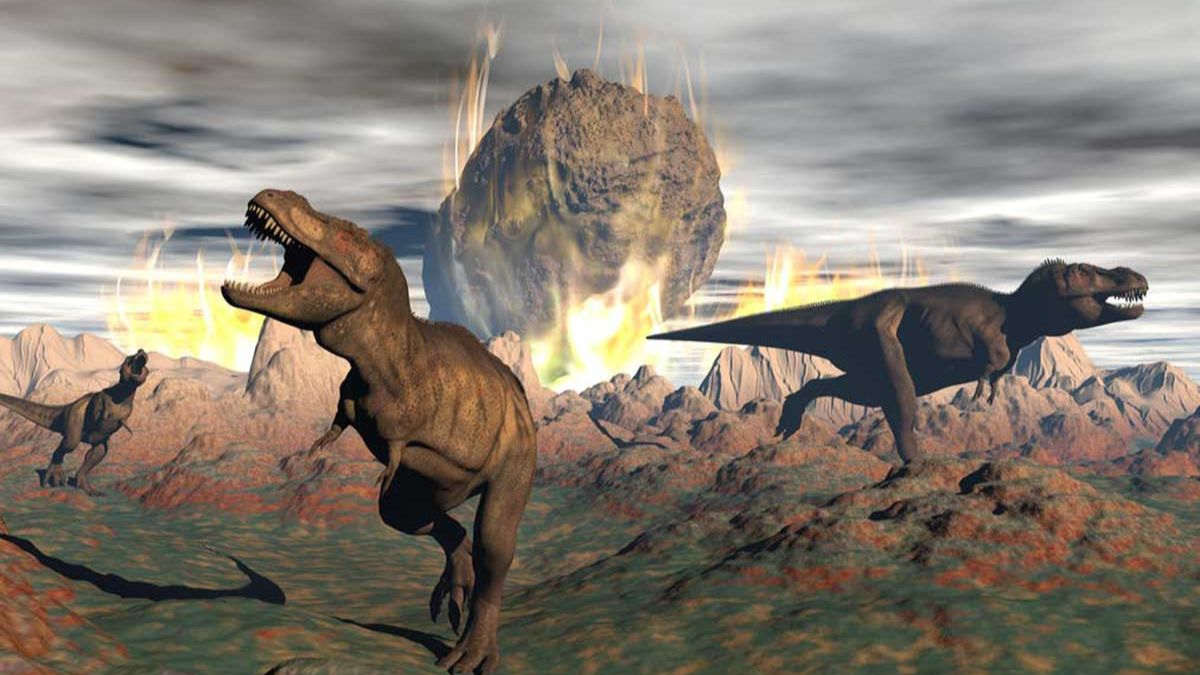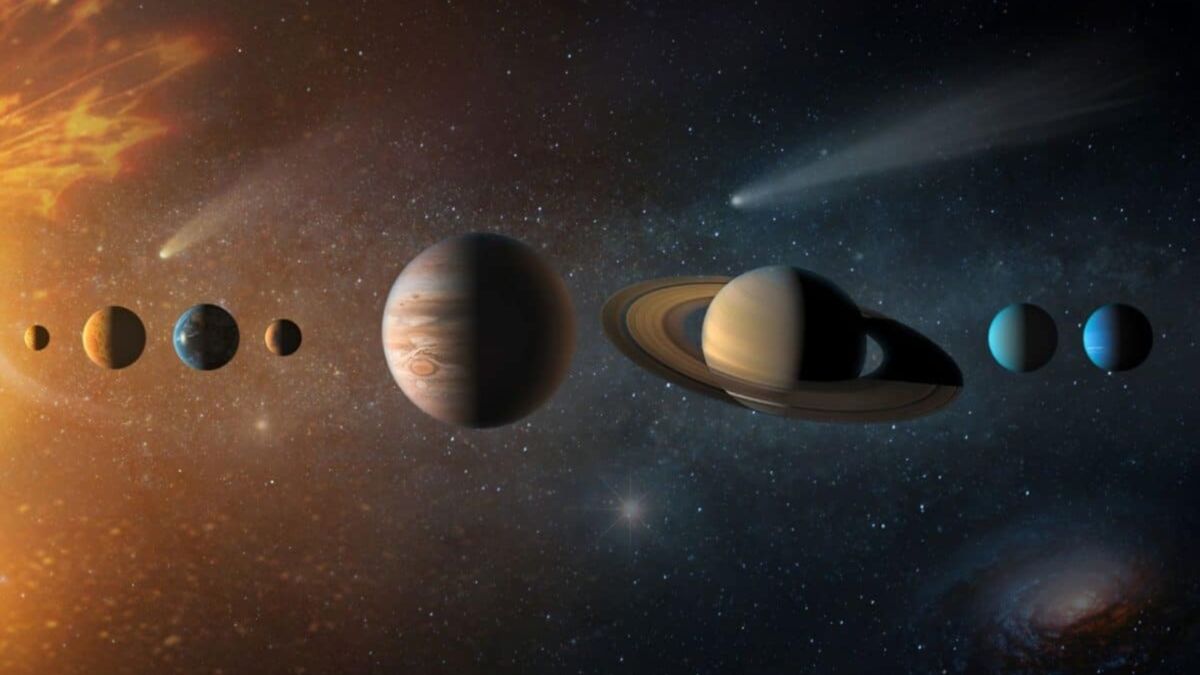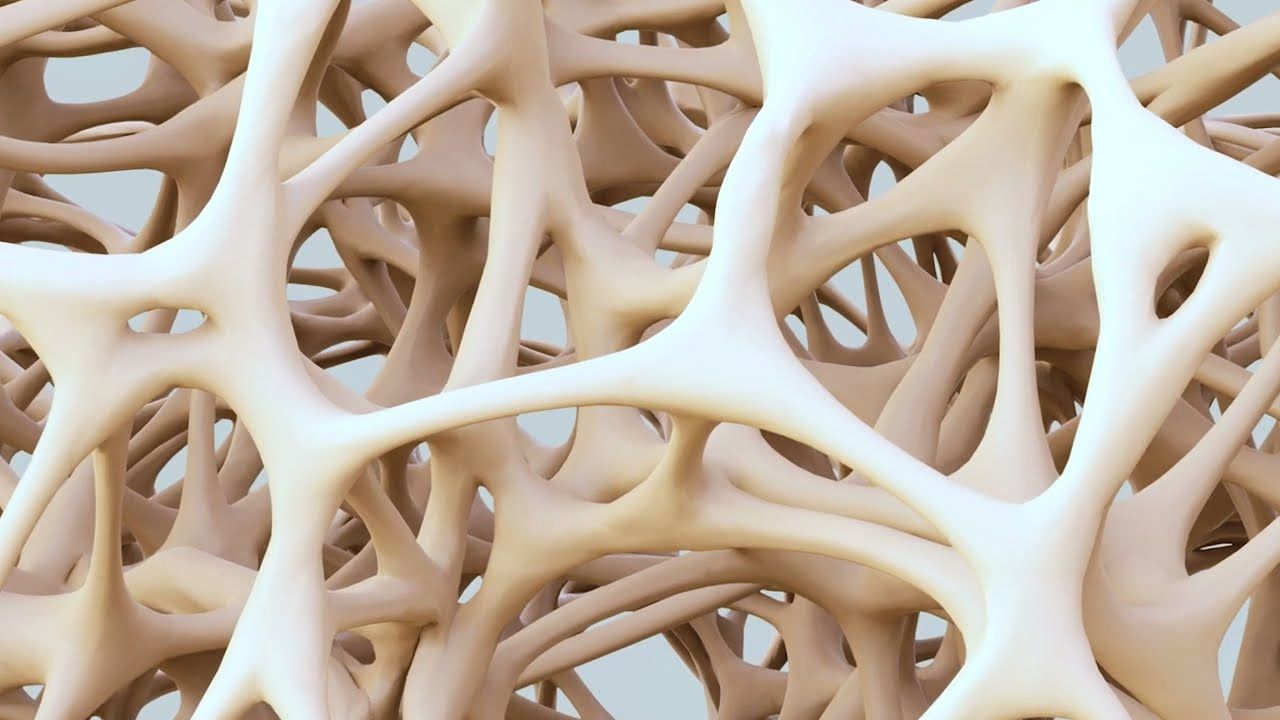Astronomers have just confirmed something incredible — Earth has had a quiet companion traveling alongside it for the past six decades, and we’re only now noticing. It’s not a spaceship or secret satellite. It’s a small space rock named 2025 PN7, and while it’s not our Moon, it’s been orbiting the Sun with us this whole time. Some scientists are even calling it our “invisible moon.”
Let’s look into what makes 2025 PN7 such a special find — and why it matters.
Discovery
2025 PN7 is a quasi-moon — a term you may not hear every day. That means it shares a similar path to Earth’s around the Sun but is not actually gravitationally bound to our planet like the real Moon.
So why didn’t we see it before? Simple: it’s tiny.
At about 98 feet (30 meters) wide, it reflects very little light. That makes it almost impossible to detect unless it comes close. And even though it’s been keeping Earth company for about 60 years, it was only just recently spotted by powerful telescopes.
Origin
This space rock is part of the Arjuna-type asteroids, a group of objects with orbits very similar to Earth’s. These kinds of asteroids were first discovered in 1991, and at the time, they sparked wild theories — some even thought they might be alien probes. Fast forward to today, scientists agree they’re natural fragments, likely shaped by cosmic impacts and solar system dynamics.
Could 2025 PN7 be a chunk of our own Moon?
Some researchers believe so. It’s not the first time a quasi-moon has shown signs of a lunar origin. Other known examples, like Kamo’oalewa and 2024 PT5, have shown characteristics that suggest they may have once been part of the Moon, possibly ejected by ancient collisions.
Types
Let’s clear up the difference between quasi-moons and mini-moons, since these terms often get confused.
| Type | What They Do | Stay Duration |
|---|---|---|
| Quasi-Moons | Follow Earth’s path around the Sun, not bound by gravity | Years to decades |
| Mini-Moons | Temporarily orbit Earth, caught by gravity | Weeks to months |
The 2024 PT5 is a recent example of a mini-moon. It briefly orbited Earth from September to November 2024 before drifting back into space.
Future
How long will 2025 PN7 stick around?
Scientists predict it will remain near Earth for another 60 years, continuing its synchronized journey around the Sun. After that, it will likely drift away into what’s known as a horseshoe orbit — a strange loop-shaped path where it appears to reverse direction and move away from Earth’s location before circling back again.
This type of movement isn’t dangerous. 2025 PN7 poses no threat to Earth. It’s simply a quiet companion, tagging along with us as we both orbit our star.
Hidden
The fact that 2025 PN7 went unnoticed for so long is a reminder of how much we still don’t know about near-Earth space. Its small size and low reflectivity made it practically invisible until it came close enough to reflect sunlight back to our telescopes.
Astronomers estimate there are more than 100 known quasi-moons, but there could be many more we haven’t detected. These little rocks are hiding in plain sight, just waiting for the right equipment — and timing — to spot them.
Meaning
What does all this mean?
It’s a powerful reminder that Earth isn’t traveling alone. Beyond our big, bright Moon, there are other companions in space — some stay for years, others for just a few months. Each one adds a new piece to the puzzle of how our planet interacts with its cosmic environment.
Discoveries like 2025 PN7 help scientists:
- Study Earth’s gravitational influence
- Track debris possibly linked to the Moon
- Understand how our solar system evolves
So yes, space still has surprises — even right in our backyard.
FAQs
What is 2025 PN7?
A quasi-moon that orbits the Sun alongside Earth.
Is 2025 PN7 a danger to Earth?
No, it’s harmless and stays at a safe distance.
Why wasn’t it discovered earlier?
It’s very small and reflects little light, making it hard to spot.
Is it part of the Moon?
It might be a piece of the Moon ejected by ancient impacts.
How long will it stay near Earth?
Around 60 more years before moving into a horseshoe orbit.

